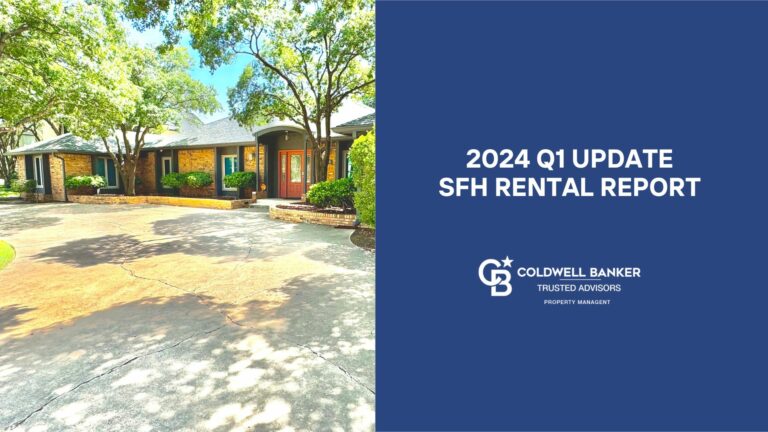It’s that time of year again – a fresh start in the new year, full of anticipation and possibilities. However, before we set our sights on the future, we must reflect on the past year to ensure we are heading in the right direction.
So, how do we assess the year 2023? It undeniably proved to be a peculiar year. While the economy showed signs of improvement on a broad scale, the sentiment among most Americans may not entirely align with this optimism. Conversations about a looming recession persist in some circles, leading to increased interest rates to curb inflation. While inflation has slowed down somewhat, the average consumer is still grappling with higher costs for everyday essentials, like groceries, reaching levels not seen in years. While incomes have increased, the increase in income is nearly offset by these rising prices. In defiance of the Federal Reserve’s efforts to temper spending, Americans continue to spend, propelling the economy forward.
One significant development was the surge in mortgage rates, reaching the highest point in the past 25 years. This had the desired effect of slowing down the housing market. Multifamily apartment deals have become scarce due to high-interest rates and substantial increases in insurance premiums. Nationally, there have been minor declines in average rents. The pendulum in the sales market has swung from an exceedingly favorable seller’s market to a more balanced one. The surge in housing interest rates has dampened the enthusiasm of step-up buyers who, just two years ago, enjoyed interest rates below 4%, now grappling with rates in the high 6%. However, there are indications that these rates are gradually decreasing.
Traditionally, there has been a correlation between a sluggish sales market and an uptick in the rental market. While some signs support this trend, the connection is less definitive than one might hope. 2023 has been a year of paradoxes. Nevertheless, it’s worth remembering that in real estate, local dynamics often deviate from national trends, and Lubbock is no exception. In some areas, we mirror the national picture, while in others, we chart our unique course.
Here’s a concise overview:
Overall:
Rents have seen an average increase of 3%.
There’s a notable surge in leased properties, with leased inventory up by 18.7% compared to 2022. Additionally, there’s a 9% increase in rentals being offered. This introduction of new inventory likely contributed to the stability of rent prices. While this is favorable for renters, it presents challenges for property owners, as rent increases struggle to keep pace with repair, tax, and insurance costs.
Bedroom Count:
Three-bedroom homes continued to dominate the rental market, accounting for 60% of leased properties in 2023 and 58% of new inventory listings.
Two-bedroom properties constituted 23% of leased properties, followed by four-bedroom homes.
Four-bedroom rentals experienced the most substantial increase in demand, with a 26.9% rise.
Meanwhile, two-bedroom properties saw the most significant rent increase, with an average rise of 11%.
Location:
The 79423 zip code emerged as the leader in leased properties, mainly due to the developing neighborhoods in the Cooper ISD area.
The 79424 zip code remained a robust area for rental activity, although it slipped to second place regarding the number of homes leased. Average rents in this area remained relatively stable year-over-year.
In contrast, despite having the most number of leased properties, the 79423 zip code witnessed the most significant rent decrease, with rents falling by 14.5% and an increase in days on the market by 44.12%.
The 79410 zip code saw an impressive 11% rent increase, while the 79415 zip code, specifically the Arnett Benson area, experienced a substantial rent increase of 24.5%.
As we contemplate the path forward, it’s evident that single-family homes deliver different returns than they did in previous years. In the past year, single-family homes purchased for rentals have yet to translate into robust cash flows. The likelihood of finding a cashflow-positive property remains slim once rents experience a more substantial increase or prices stabilize. So, what should investors consider doing now? Our recommendation is to hold onto your properties. Most investors have single-family homes with fixed-rate loans or, at the very least, loan scenarios that offer more favorable terms than what has been available over the past nine months.
Despite the challenges, home prices are still appreciating. In many cases, homes have appreciated to the extent that selling them would likely cover closing costs and leave a small profit. However, it’s crucial to remember that true wealth in real estate is not built through selling; it’s created by holding. Investors should prioritize strategies to minimize vacancy days and be proactive in maintaining and upgrading their rental properties while adopting a competitive approach to rent rates. Vacancy is one of the most expensive situations a property owner can encounter. For instance, if your property rents for $1,500 per month and you can reduce vacancy by just 15 days, you’ll add $750 annually to your rental income, not to mention the savings on utilities, landscaping, and the risks associated with keeping a property vacant.
For those with existing tenants, retaining them is the key. Even if your property’s rent is below market rates, it may yield more profit due to reduced revenue loss, turnover costs, and leasing expenses. Stability and long-term occupancy should be a priority in decision-making.
Lubbock maintains its resilience in the real estate market. Despite a slowdown, property sales continue to hold their value. While home prices may not experience the same rapid appreciation as in the past three years, they are unlikely to fall. Notably, the rental market has reached a critical juncture where the monthly cost of renting becomes more favorable than a monthly mortgage payment. This shift has posed challenges for single-family home rentals in Lubbock, where cash flow may be limited. Consequently, the focus shifts towards the appreciation value and liquidity of single-family homes compared to multifamily or commercial investments. In this evolving landscape, strategic and informed decisions will be essential for real estate investors in Lubbock.


